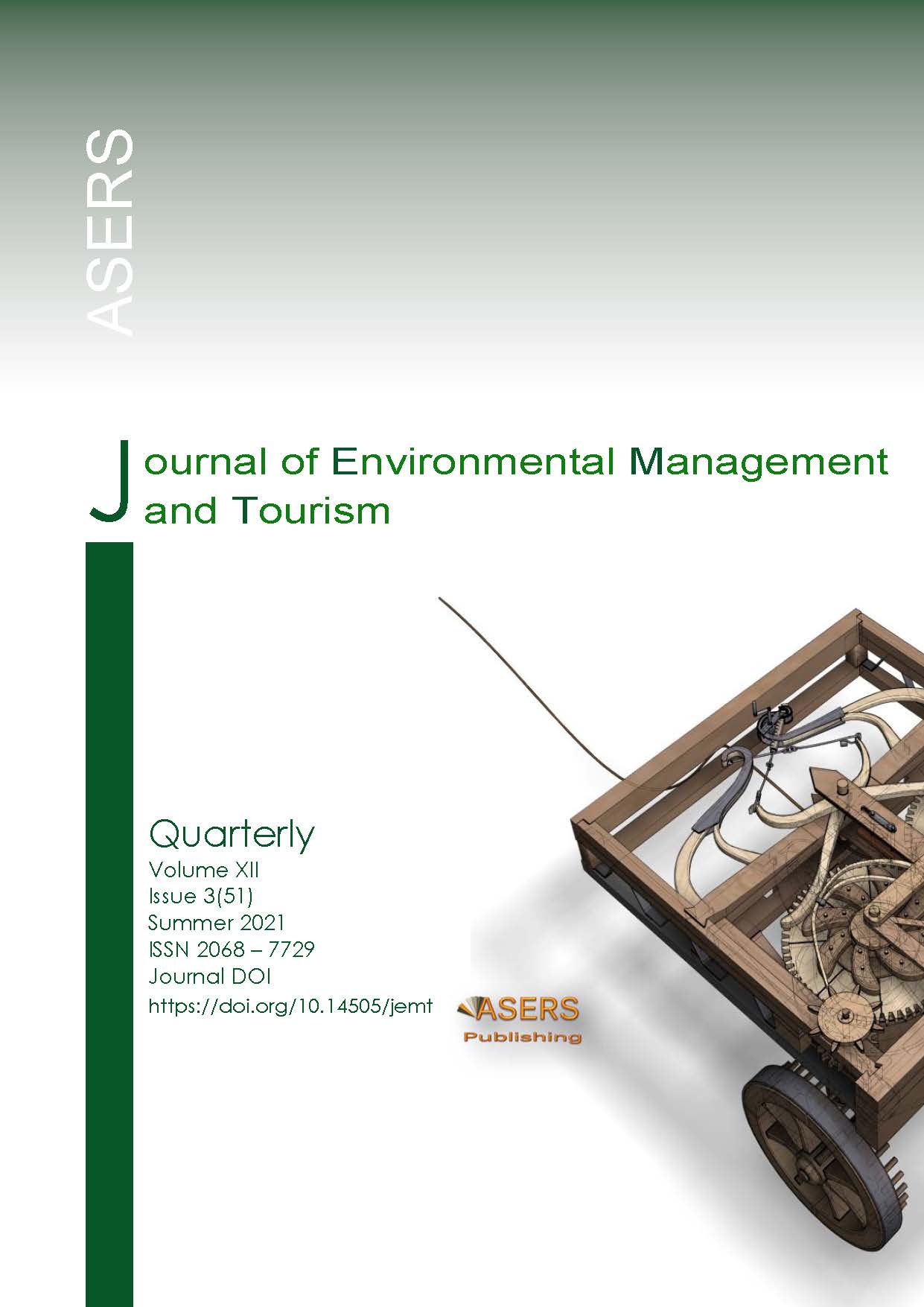Uzbekistan’s Aquatic Environment and Water Management as an Area of Interest for Hydrology and Thematic Tourism
Uzbekistan’s Aquatic Environment and Water Management as an Area of Interest for Hydrology and Thematic Tourism
Author(s): Jacek RÓŻKOWSKI, Mariusz RzętałaSubject(s): Economy, Business Economy / Management, Energy and Environmental Studies, Tourism
Published by: ASERS Publishing
Keywords: water management; tourism; tourist attractions; Amu Darya; Syr Darya; Aral Sea; Bukhara; Samarkand;
Summary/Abstract: The functioning of Uzbekistan’s economy is closely linked to the water resources of its huge cross-border rivers: the Amu Darya and the Syr Darya, as well as to the groundwater present within their basins. Both natural lakes and artificial reservoirs (e.g. the Aydar-Arnasay system of lakes, the Kayrakkum Reservoir, the Chardarya Reservoir) are present there, which retain significant amounts of water, and large canals with lengths of up to several hundred kilometres which involve complex hydraulic structures are used for irrigation purposes. All these are components of a water management system which needs optimisation; as much as 80% of agricultural land is irrigated, with 70% of the water being lost due to inefficient irrigation systems. The consequence of this allocation of river flows and the overuse of water in irrigation systems has been the disappearance of the Aral Sea (1960 year – 68,900 km2, 2017 year – 8,600 km2) and the inflow of water into the Sarygamysh Lake as well as the reduction of Uzbekistan’s groundwater resources by about 40%. The intensive development of irrigated agriculture is associated with changes in surface and groundwater quality caused, inter alia, by the increased use of chemicals in agriculture and the discharge of collector-drainage waters into river systems as well as their reuse. The extent of environmental degradation in some areas (especially in the Aral Sea region) is unique on a global scale. The origins of Uzbekistan’s other hydrological tourist attractions are related to attempts to ensure the availability of water for both human consumption and industrial use under conditions of water scarcity in the country’s arid and semi-arid climates. Not just the spectacular watercourses and water bodies present there (e.g. rivers, lakes, canals), but also small water retention facilities and minor infrastructure elements (e.g. wells, springs and retention basins, canals, ditches and flow control structures) are of potential tourist importance.
Journal: Journal of Environmental Management and Tourism (JEMT)
- Issue Year: XII/2021
- Issue No: 03(51)
- Page Range: 642-653
- Page Count: 12
- Language: English
- Content File-PDF

